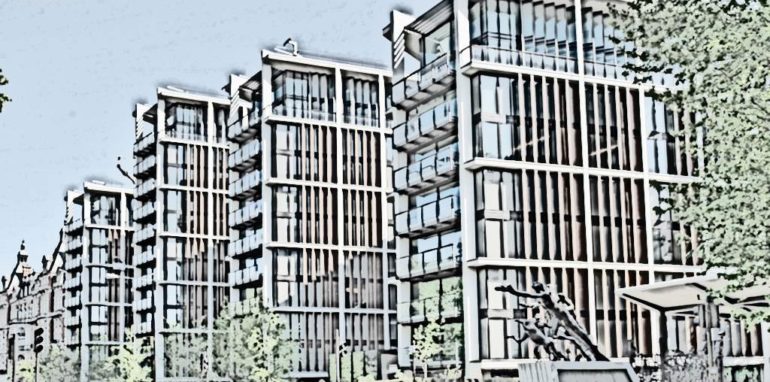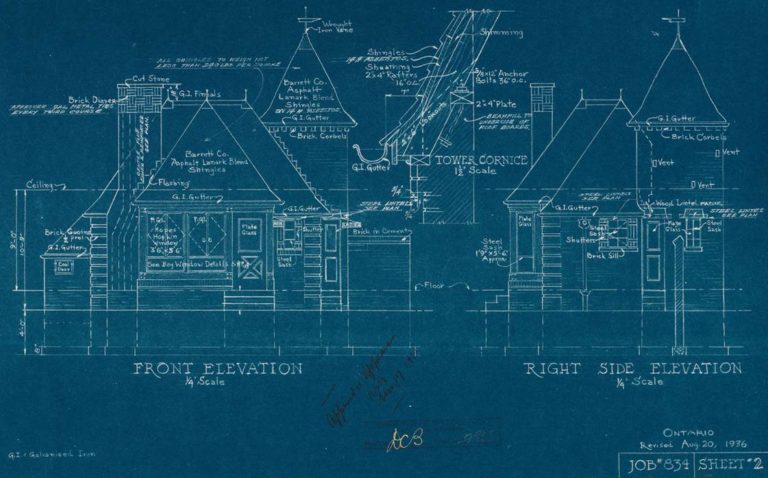

Where to begin with improving your building
Many flat owners are unhappy with the state of their buildings, although they have little ability to change things or knowledge on where to start. It can be difficult to see how other buildings are run by other managers or even by your own managing agent.
This can lead to frustration by leaseholders who don’t think there is scope to improve the building. We have compiled hundreds of cases from dozens of managing agents to understand what work has been completed, the objective of this, what worked and what didn’t.
You can search through some of our case studies here
And if you would like to arrange a free survey to understand the best place to start then please register here.
The building improvment projects completed

The projects that improve buildings the most tend to be those that help the flat owners take more control and adapt the block to their specific needs. We have described the most popular and the most value improving below:
Right to manage and share of freehold applications
These often result in the most profound and immediate improvements to buildings as responsibility becomes devolved from freeholders – often none residents – to a wider set of leaseholders.
More information on obtaining an RTM can be seen here.
Regular contractor reviews
As part of a service charge review – going over each contractor and supplier already in place can result in cost reduction over a wide set of categories. Long-term contracts can become inappropriate over time as the building and scope of work changes, so it is important to check on a yearly basis that this money is being spent in the best way, even if they feel like small amounts.
Capital projects to reduce long-term service charges
Often leaseholders can be wary of large short-term costs, even if these result in significant reductions in long-term, yearly expenses. Examples of this are replacing inefficient boilers or old lifts which are expensive to maintain.
However, the reduction in regular yearly costs can often lift the property prices far more than the initial capital outlay.
Refurbishing the main doors
Although a relatively low cost and short project, such regular maintenance is often overlooked. However, particularly for buildings which are looking for long-term renters, these can have a big effect on the desirability of the building, the yearly yield, and the subsequent flat prices.
Roof maintenance
One of the most expensive projects that any building could undergo is a major roof overhaul or replacement. Often stretching into millions of pounds when required, these can result in very high increases in short-term services charges. However, the risks of incurring these costs can be mitigated with yearly inspections and maintenance to prevent longterm decay of the underlying structure.
The processes the top builings follow

The best-run buildings tend to have more expertise applied to these buildings, that allows better decision making to be made. Specifically, some of the principles followed are:
- Separation of diagnosis and implementation roles– allowing for resources to allocated in the most appropriate way, rather than to long-term maintenance contracts which can become obsolete
- Experts trusted to make inspections – so work undergone is validated and new work can be suggested to ensure standards don’t slip
- Clear project management and todo list – Ensuring that the pipeline of work is well communicated and widely know to ensure it fits the priorities of the people that live in the building and may live in the building in the future
- Adherence to the lease – erring on the side of being strict to ensure that the elements of the lease are obeyed and that building rules are widely followed – so each leaseholder knows what to expect and standards are maintained
- Agreed objectives around what would make the place better – with an active board taking consultations across the building so decisions are made inline with what current and future leaseholder
These buildings tend to have a high degree of expertise on the management board – who can apply better management methods to their building, over and above what the managing agents can normally provide.
How to improve your own building

By following similar processes you can make improvements to your building. The first simple review to make is to see areas that you may be underspending or overspending compared to other similar, nearby buildings.

